If you firmly believe in the expression “buy cheap, buy twice”, and instead opt for quality goods built to last, a company called J+ makes products designed for you. For the last several weeks, we’ve been using the J+ Booster 2 as our primary EV charger. It is safe to say that it is the most over-engineered and most premium portable EVSE we have ever tested or seen. J+ is based in Switzerland and manufactures its products in Germany featuring impressive materials and build quality. But this level of quality and durability comes at a premium price, too.
Our Rating: 4.7/5
What we loved
- Unrivalled durability
- Excellent thermal performance
- Smart adapter locking system
What could be better
- Short and rigid input cables can limit installation options
- Premium price tag
Hardware Overview
The Booster 2 is a portable EV charger available with either a 21 or 25-foot-long cord. The 21-foot variant is for users looking for ultimate portability and lightweight, while the longer version offers flexibility to reach an adjacent parking spot.
For North America, the base package includes a NEMA 14-50 input for 240-volt charging. But you can get the Booster 2 with a NEMA 5-15 adapter as well for Level 1 (120-volt) charging. J+ is also happy to sell a number of additional separate adapters for other North American outlets such as NEMA 6-50, and TT-30 plugs that are common on campsites.
The body of the charger is an aluminum metal tube with a cutout for a series of LED status indicators. J+ takes pride in its materials and craftsmanship, by using military-grade aluminum. They say that the enclosure is strong enough to withstand the weight of a car, and we believe them. There is little flex or budging in this unit. The ends of the tube are protected by heavy-duty rubber caps to prevent the aluminum from banging and scratching.
The overall weight of the 21-foot charger is under 8 pounds, making it one of the lightest portable units we’ve ever tested, while also being the most durable.
In addition to being able to withstand a load of 6,600 lbs, the enclosure has a weather resistance rating of IP67, meaning it is dust and water-resistant, and can operate in extreme environments ranging from-22°F to +122°F.
The front of the enclosure has a single button to cycle between different amp power modes. The Booster 2 supports 6, 8, 12, 16, 20, 24, 32, and 40 amp modes. There is also a series of color LED indicator lights to display the current mode and an animation pattern when the car is charging.
The least expensive package includes just the Booster 2 and a NEMA 14-50 Level 2 adapter. However, we recommend you consider paying a $50 premium for the bundle with the wall mount and Level 1 adapter. You get a very sturdy metal wall mount along with screws for installation. It’s designed to hold the Booster 2 in place at home, relieving tension from the outlet, and there is a J1772 connector holder on the side. It is a functional and compact design, but it is intended to be used in a particular orientation with the Booster 2 positioned underneath the outlet. More on that below.
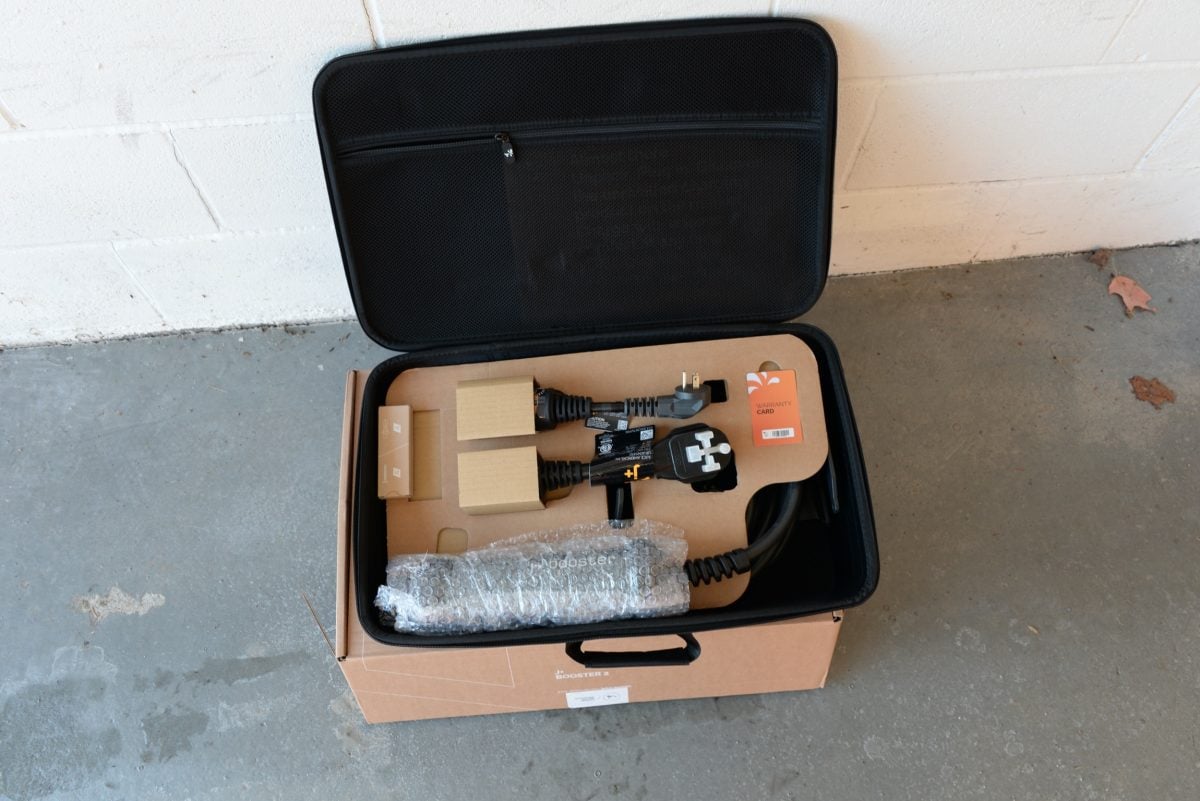
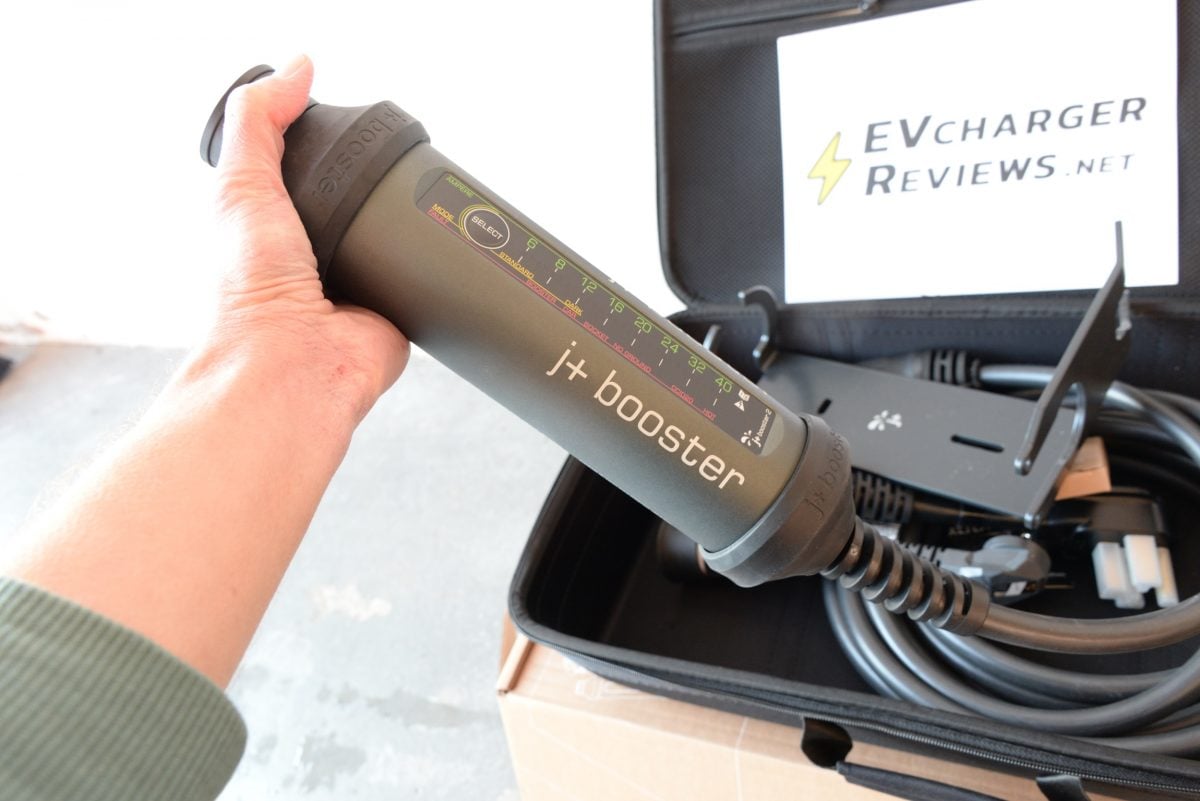
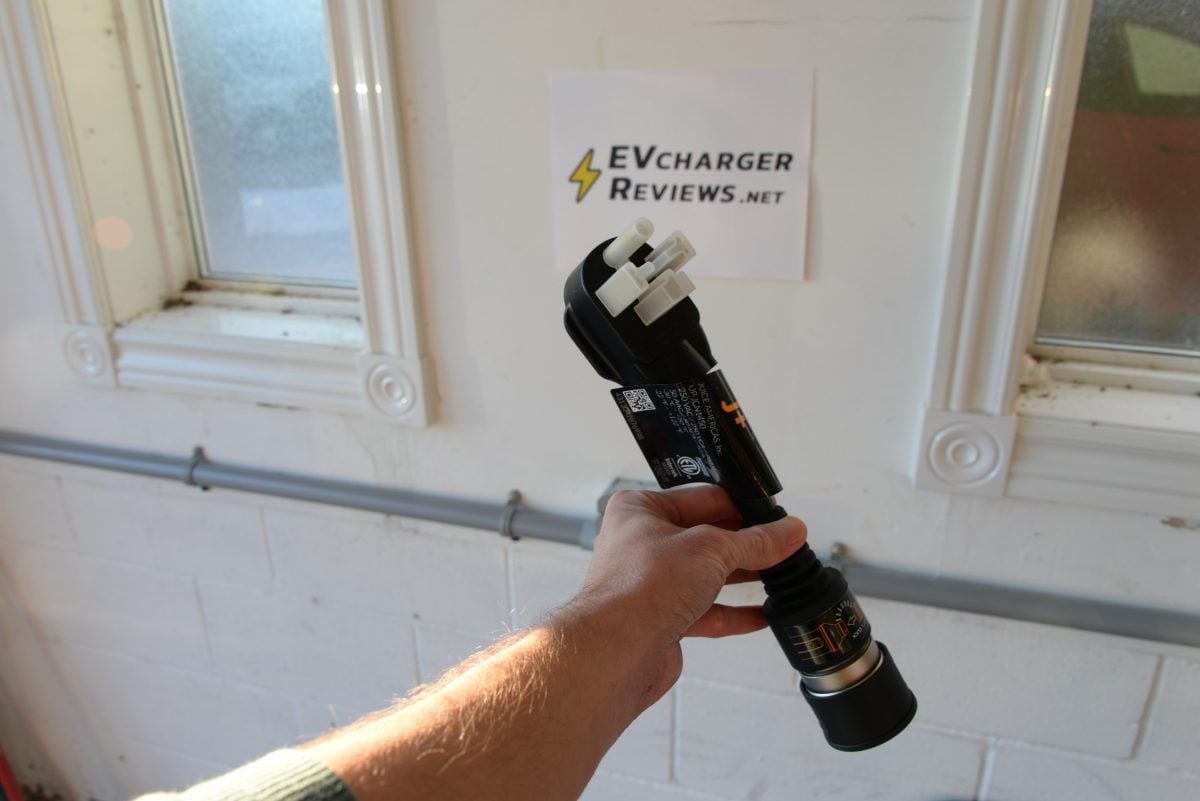
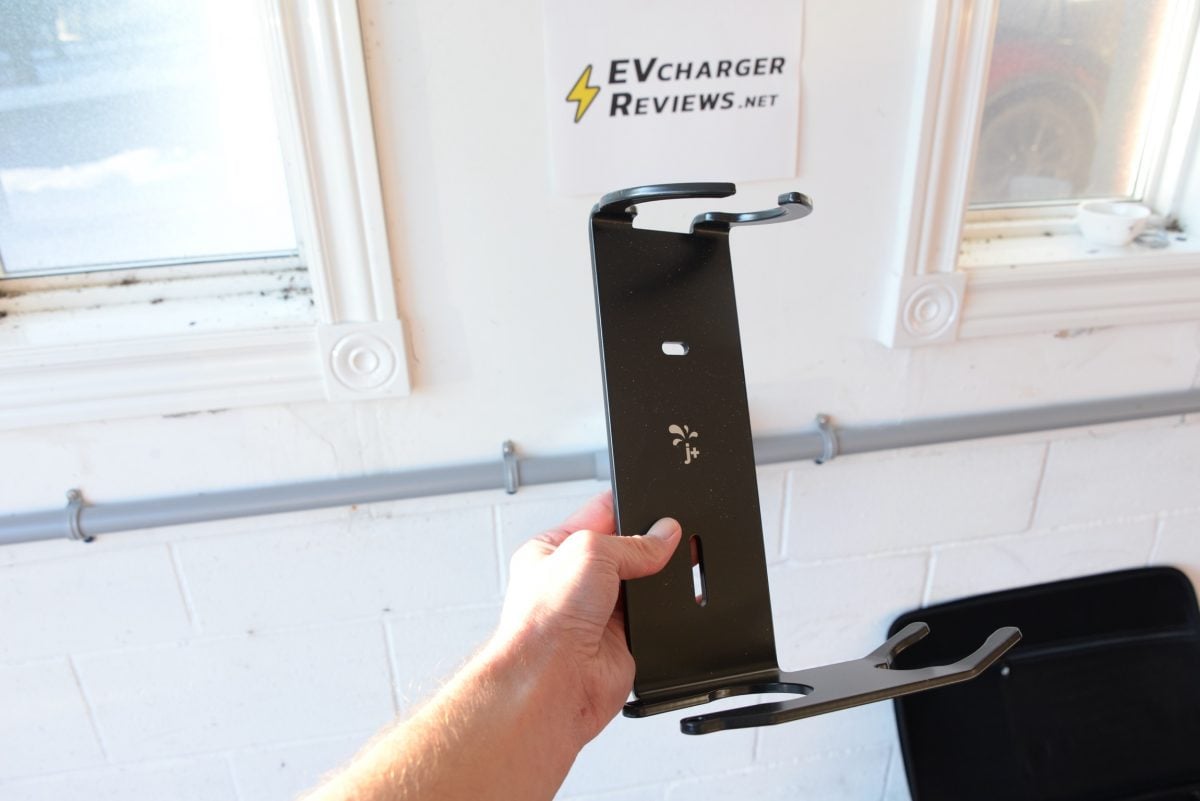
Charging Cord and J1772 Connector
The Booster 2 we received is 25 feet in length and uses 10 gauge wiring inside the cord. This complies with the US electrical code for 40 amp loads and is a nice balance between conductivity and portability. Some 40 amp charging stations use thicker 8 gauge wiring at the expense of extra bulk and cord rigidity.
The cord insulation material feels very tough and durable. It is not the most pliable cord we tested, but it’s still easy to coil and roll it up to hide in the carrying case. We measured the cord to be just 16 mm thick, making it one of the easiest to handle 40-amp capable chargers. J+ seems to have prioritized more durable qualities for their cord selection rather than pliability, and this aligns with the robustness of the EVSE enclosure.
We loved the metal locking connector system J+ uses for their input cord adapters, they call it the “J+ Connector”, and it looks proprietary to the brand. These connectors are made of metal rings that align and snap into place. It is almost impossible to accidentally disconnect the adapters on the Booster 2, unlike similar designs like the Tesla Mobile Connector where the cord is held by only friction.
The J1772 connector on the Booster 2 feels very light and compact in the hand. Although it is made entirely of plastic, it doesn’t feel light in the same way very cheap EV charger connectors feel. It feels light with intent because the Booster 2 takes several weight-saving measures to weigh in below 8 lbs. The J1772 connector survived a couple of minor drops and impacts in our testing, and we don’t expect it to break easily. It paired without issue to a VW ID.4 and a Tesla Model Y using a NACS adapter.
We must note that the input cables are short, at just about a foot in length. This means you have to be very precise with the installation of your wall mount at home. You also need to be very intentional with the placement and orientation of your NEMA 14-50 outlet. Our outlet is installed with the round pin at the bottom (because most non-portable EV chargers have their pins oriented this way), so this meant we had to operate the J+ Booster 2 upside down in our garage.
This would not be a problem for new EV owners who have not yet installed a 240-volt outlet. Simply ask your licensed electrical contractor to install the NEMA 14-50 outlet with the round pin at the top, and position the outlet at your eye level on the wall, so that the Booster 2 will mount at shoulder height in the garage. If your outlet is already installed the same way as ours, you may need to ask your electrician to rewire and flip it.
J+ can make improvements in compatibility by making a version of the input cord that is longer and less rigid, it would allow the input cord to flex and the Booster 2 to be mounted beside an outlet regardless of the orientation of the pins.
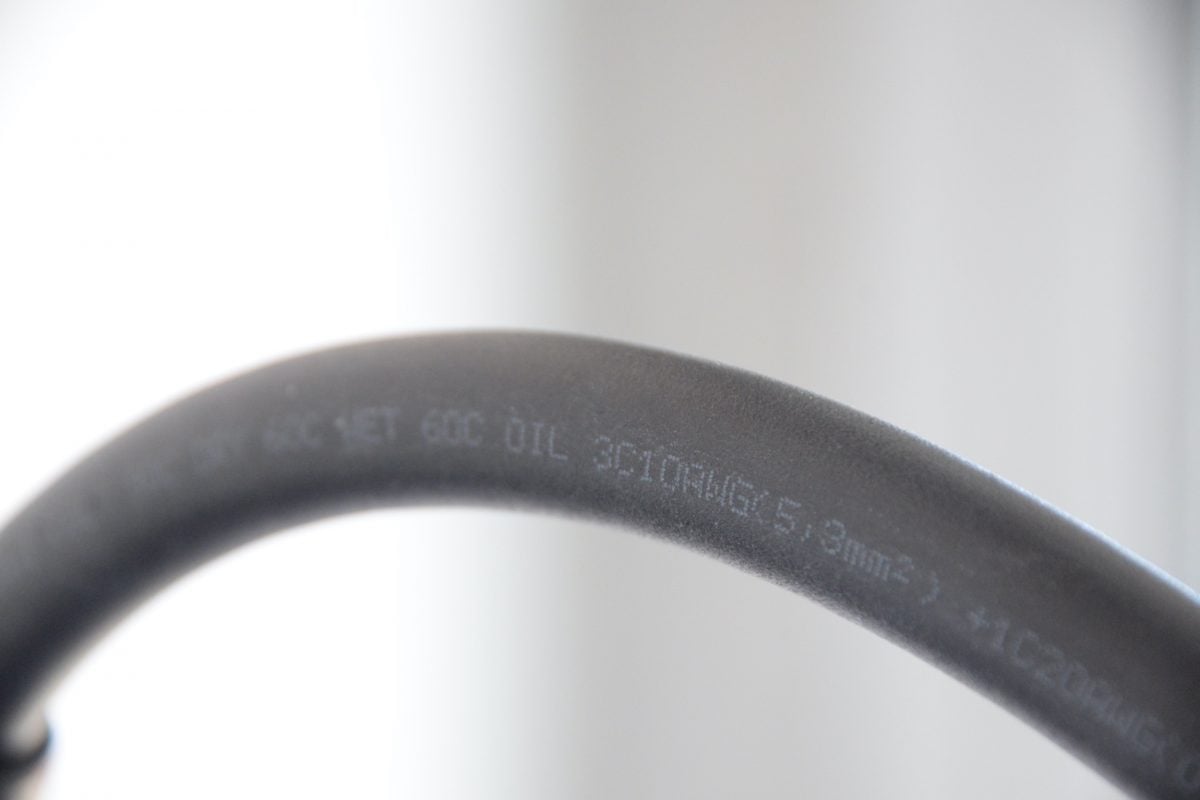
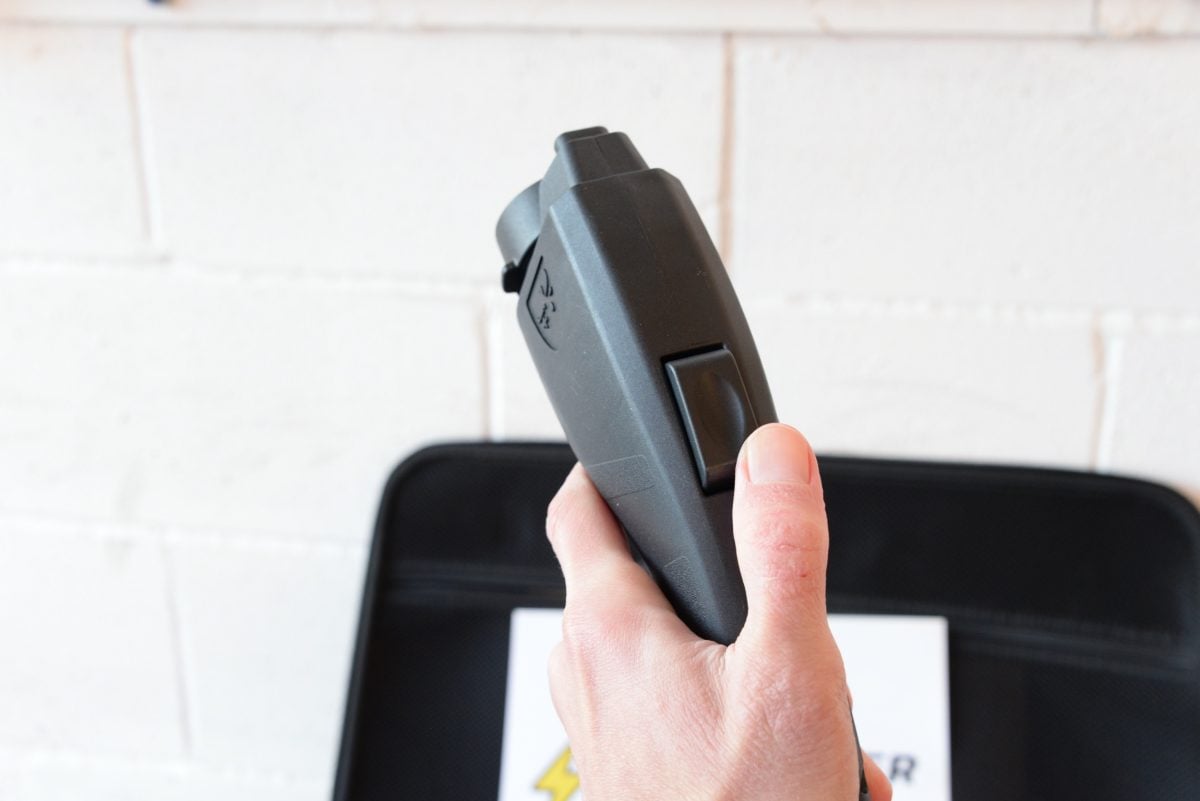
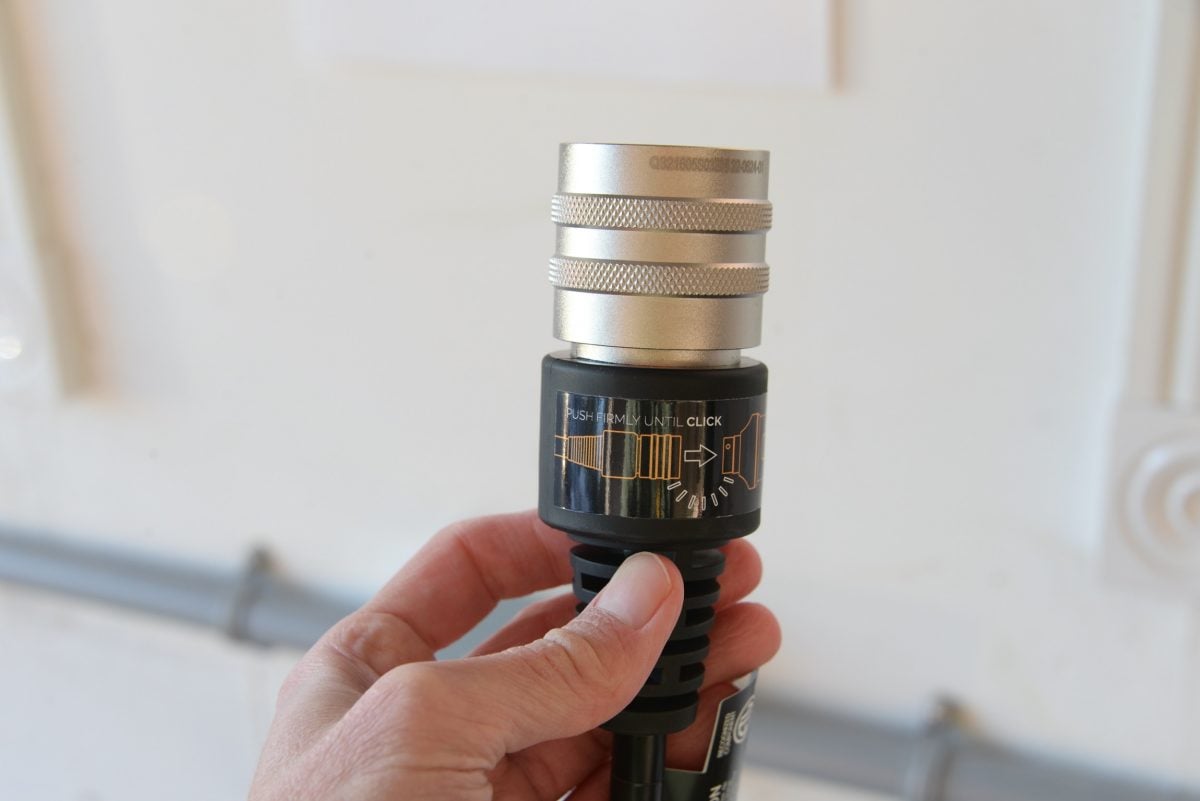
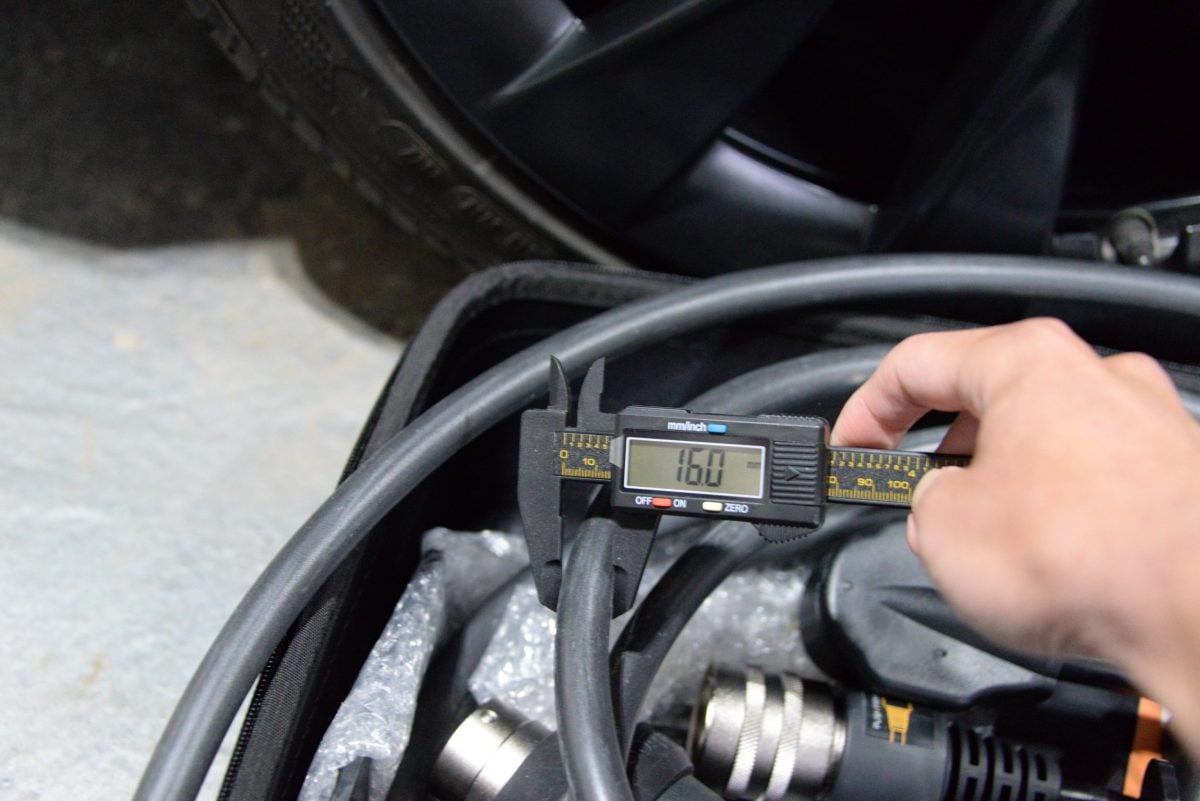
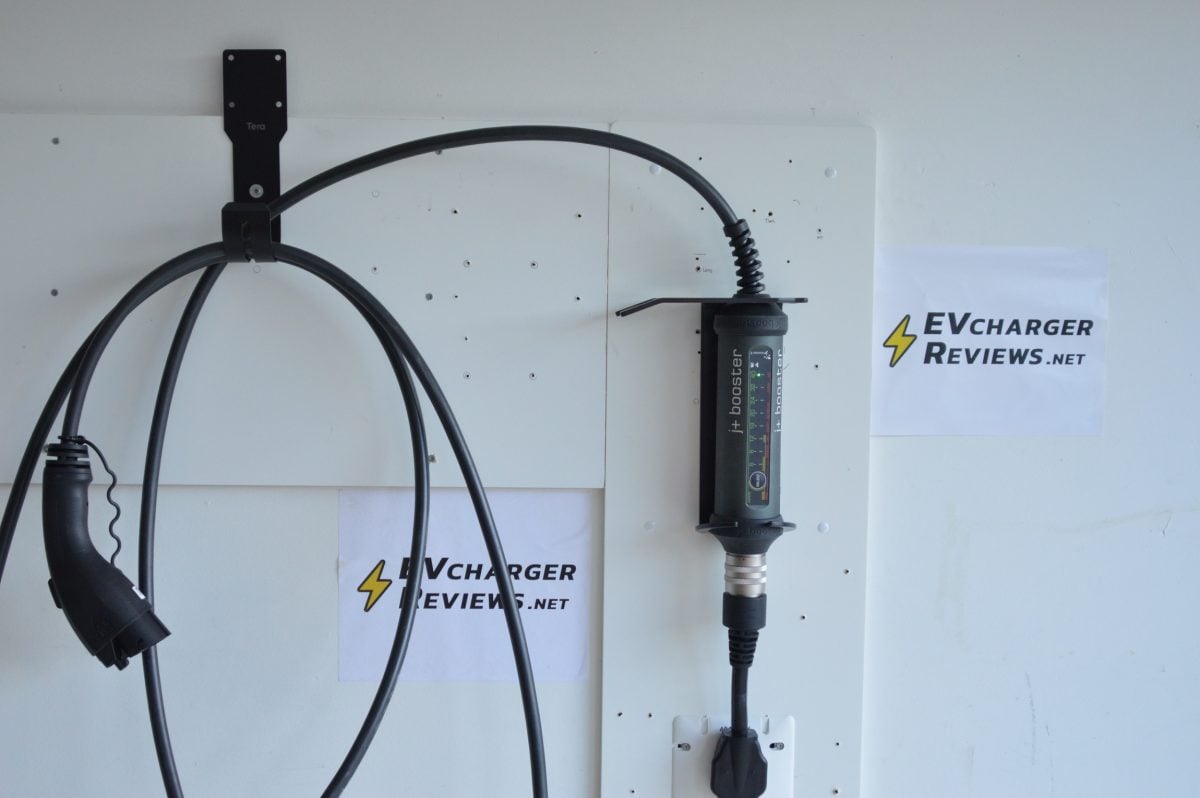
Charging Performance
Portable EV charging hardware often comes with compromised performance because of smaller/lighter components and reduced ability to dissipate heat. That’s not the case with the Booster 2.
We tested our review unit almost exclusively in the maximum 40-amp mode for hours at a time and did not run into any issues with the charger or any error messages on the EV. Our 50 kWh stress test resulted in the Booster 2 charger and cord hitting temperatures in the low 90s Fahrenheit, and it was only slightly warm to the touch after. We did not encounter any thermal throttling behavior (slower charging speeds when temperatures rise).
We were particularly concerned with the area around the interchangeable input adapter cables building up heat, but this connection did not stand out on our thermal camera images because the electrical contacts were solid.
Although most of our testing was done in March and April, we don’t expect thermal performance and overheating to occur during hot summer days, but we will revisit and update this review if anything changes.
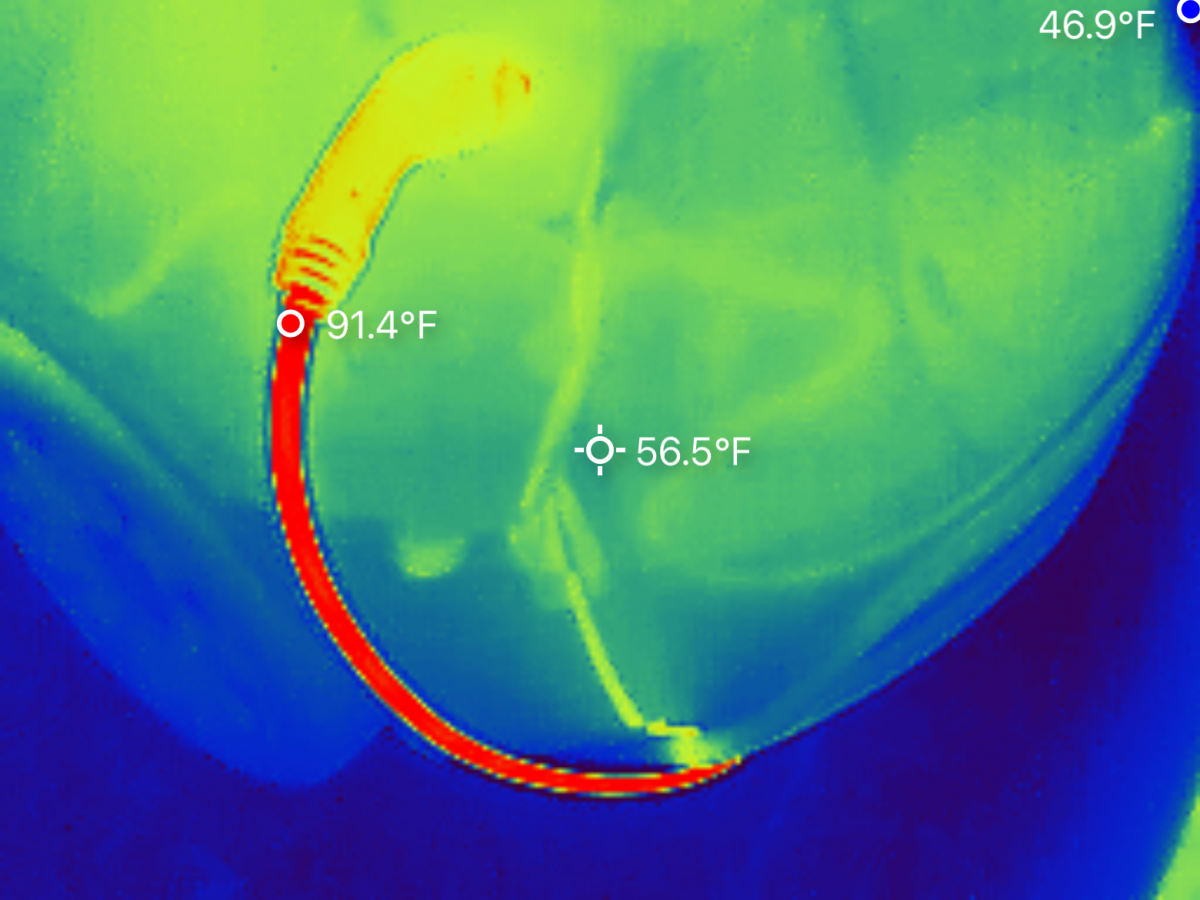
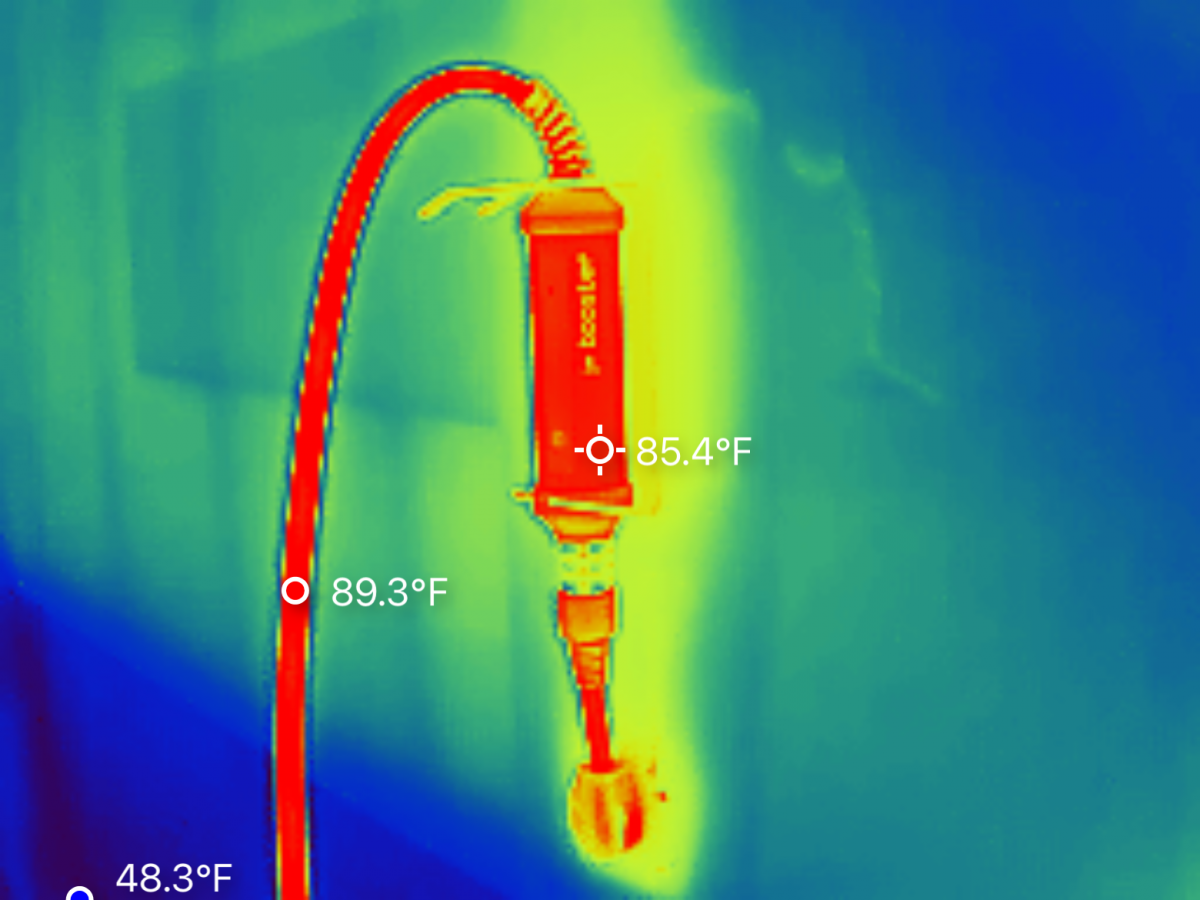
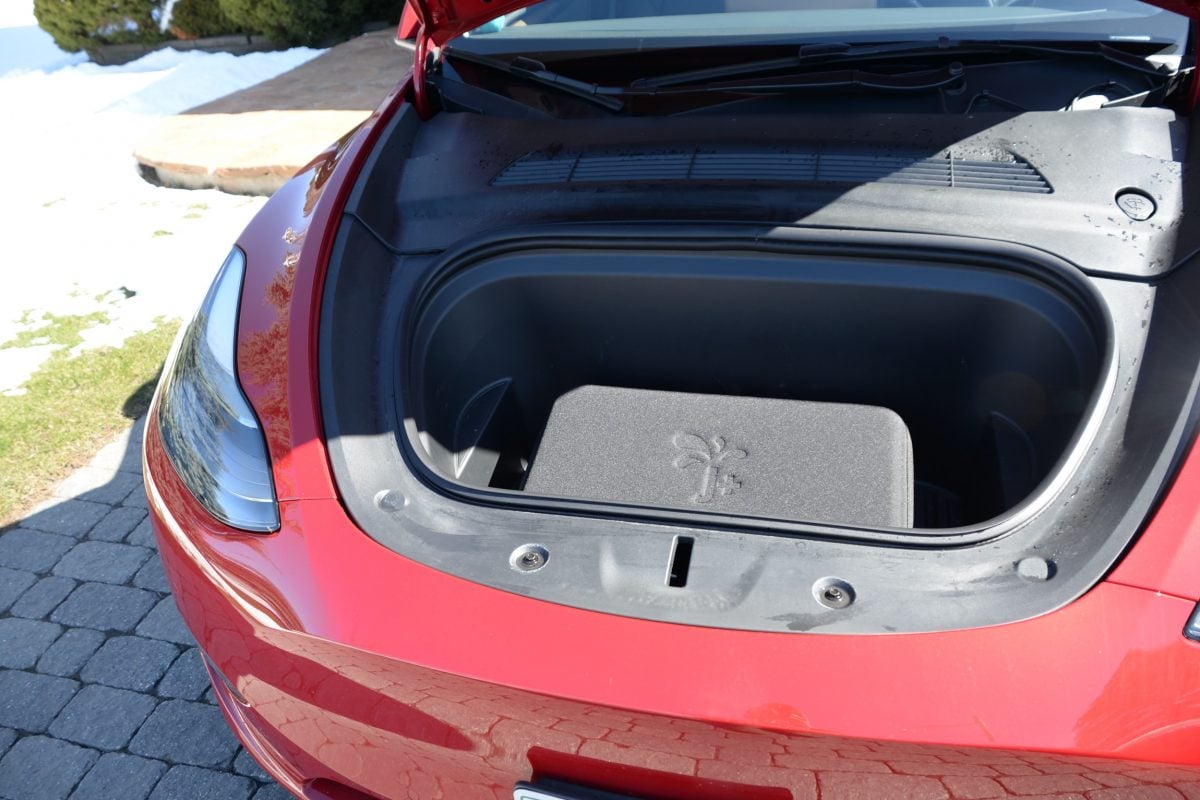
Verdict
Booster 2 from J+ is a premium product with very few compromises. This is a powerful 40-amp portable EV charger that really can serve as your main home charging station too. We were impressed with the build quality and materials used in this product, and a durable wall mounting system that allows the Booster 2 to pivot and release when it is required to go on a road trip. It works with all J1772 EVs in North America and can work with Tesla (NACS) cars with the use of an adapter. Thermal performance was excellent too. Our only suggestion for improvement would be to (give an option for) a longer and more flexible input cable to make the Booster 2 easier to use with all NEMA 14-50 outlets regardless of their placement and orientation. The Booster 2 starts at $599 for the EV charger and NEMA 14-50 adapter, and there is a $649 value bundle with wall mounting hardware and Level 1 adapter. While it is the most expensive portable EV charger we’ve tested, the price can be justified by the excellent built quality and everyday durability.
Shopping Options
Full Review Gallery
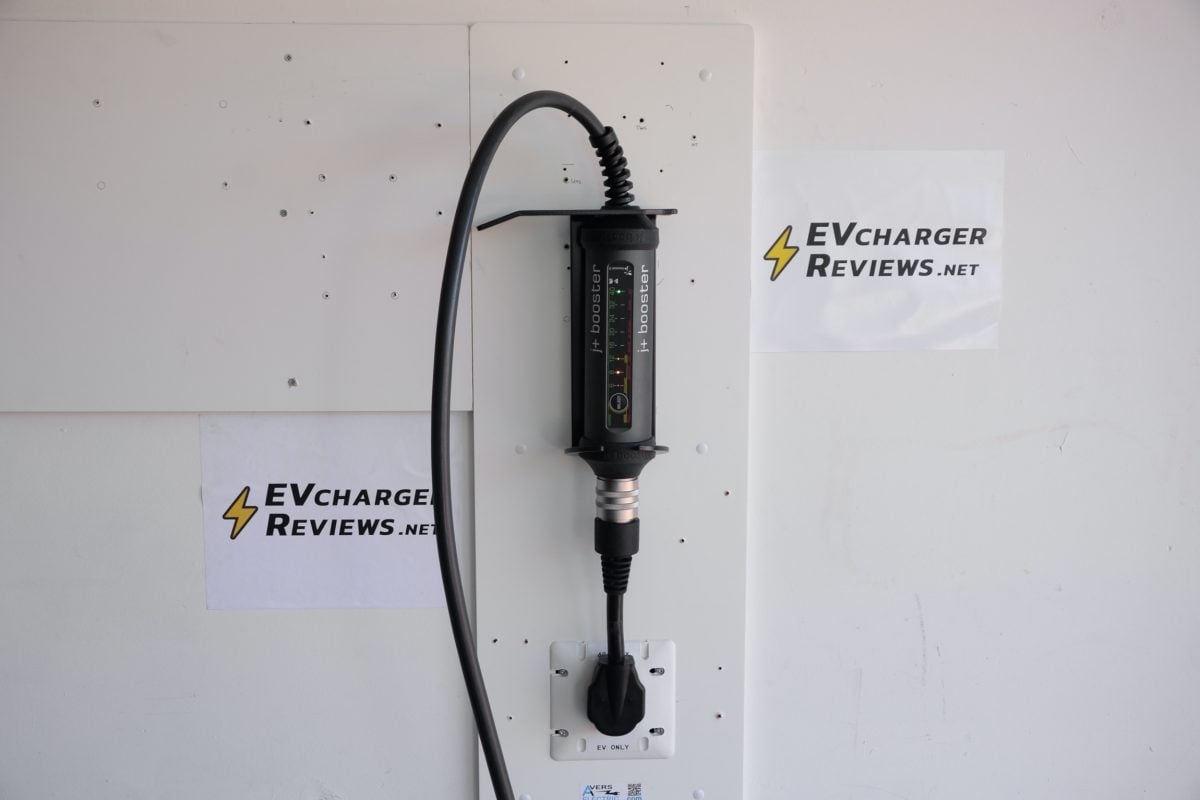
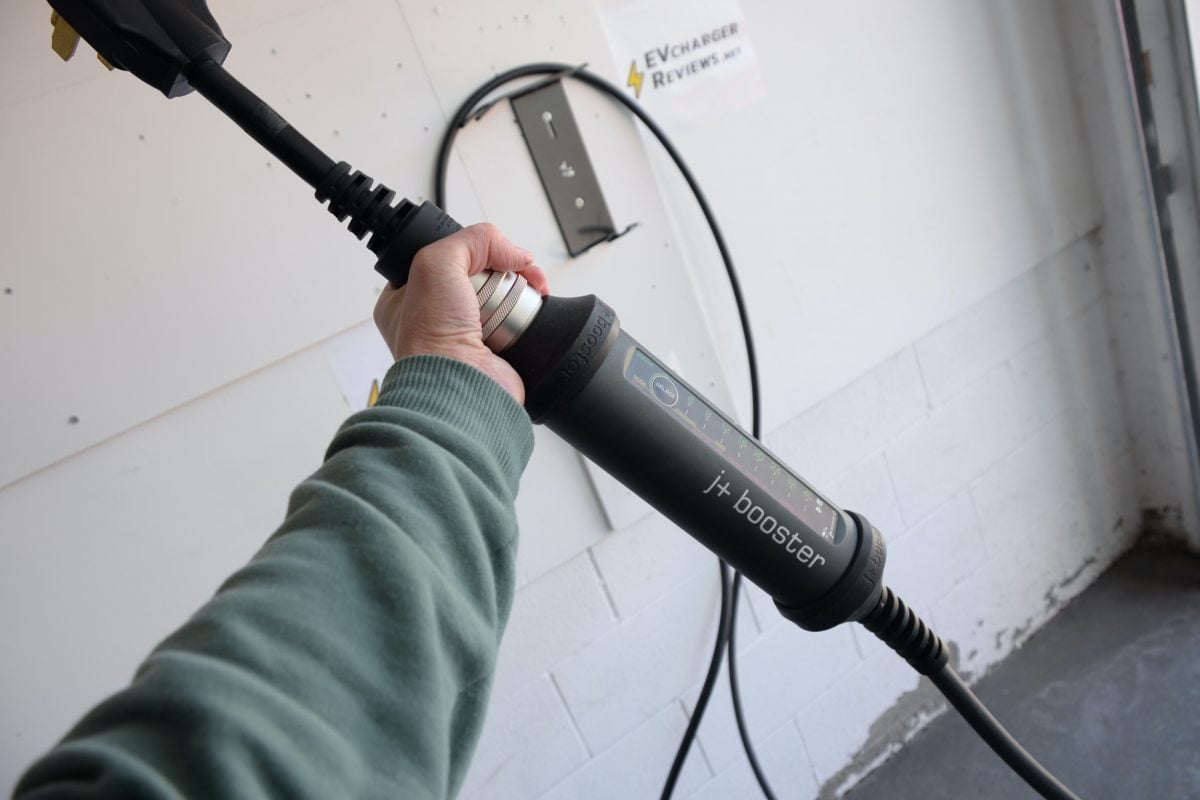


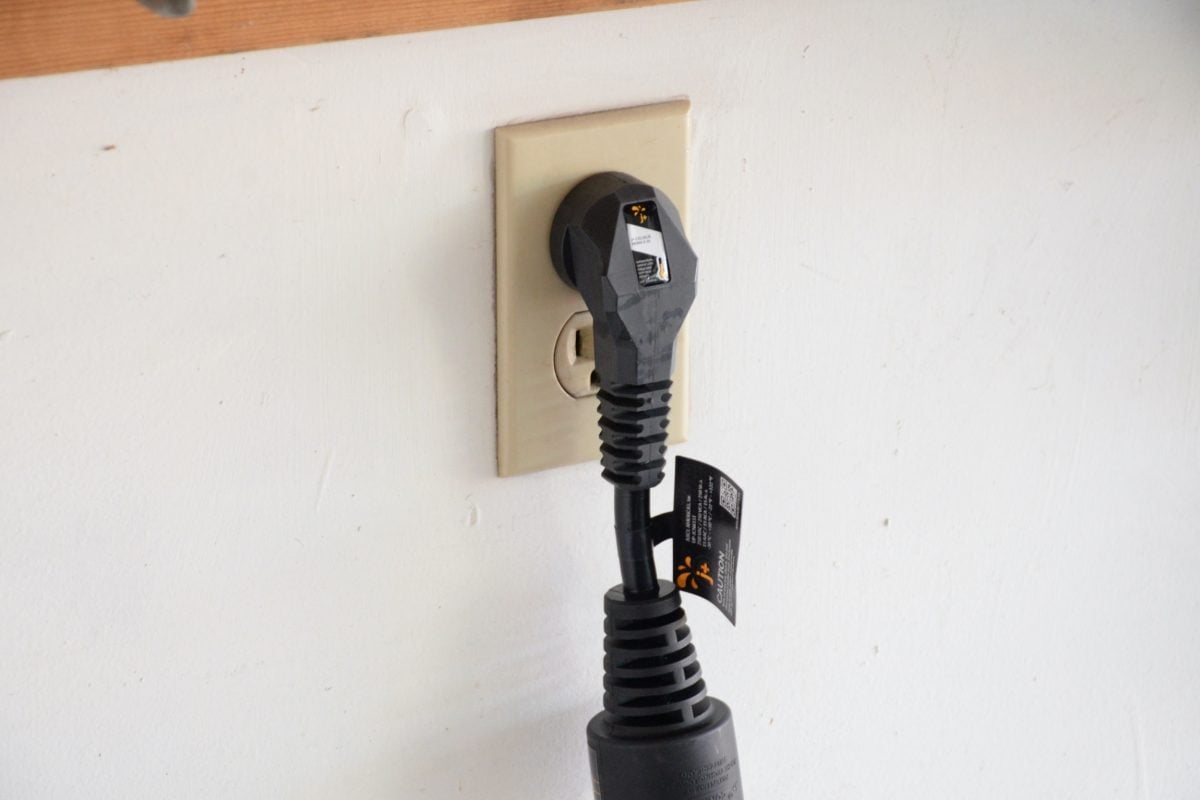
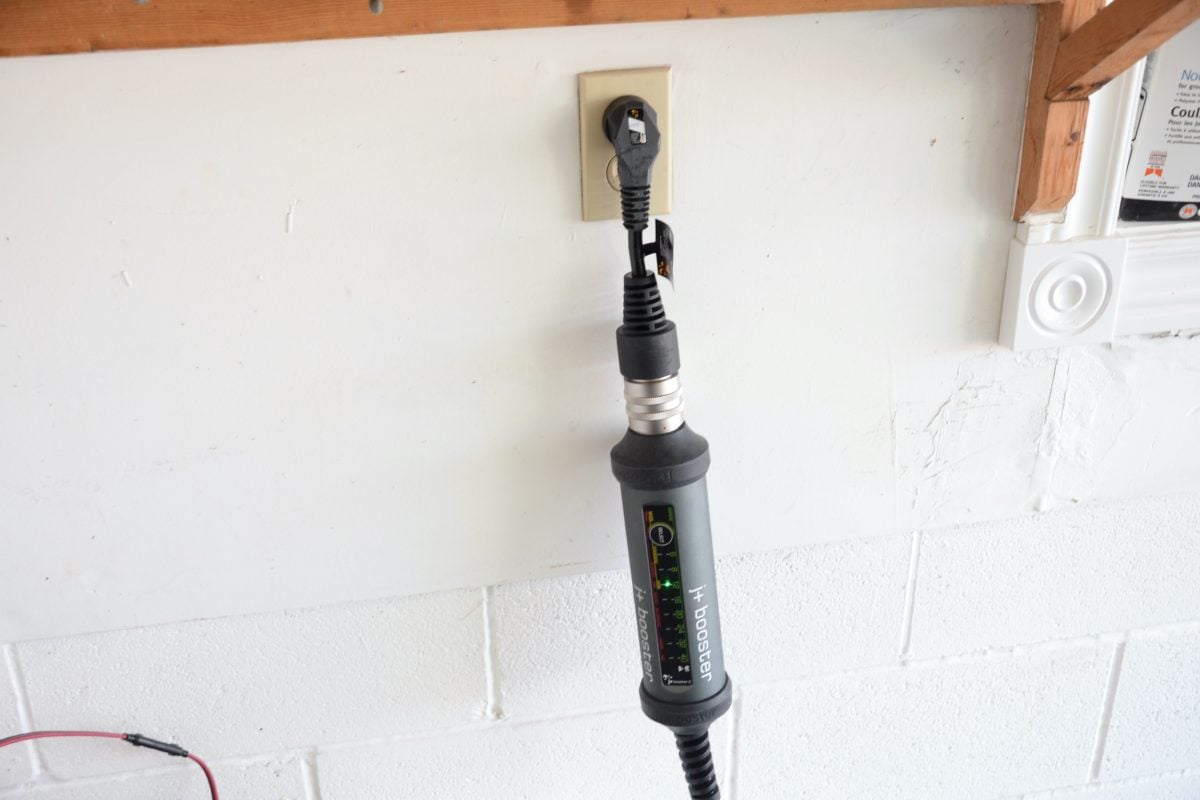

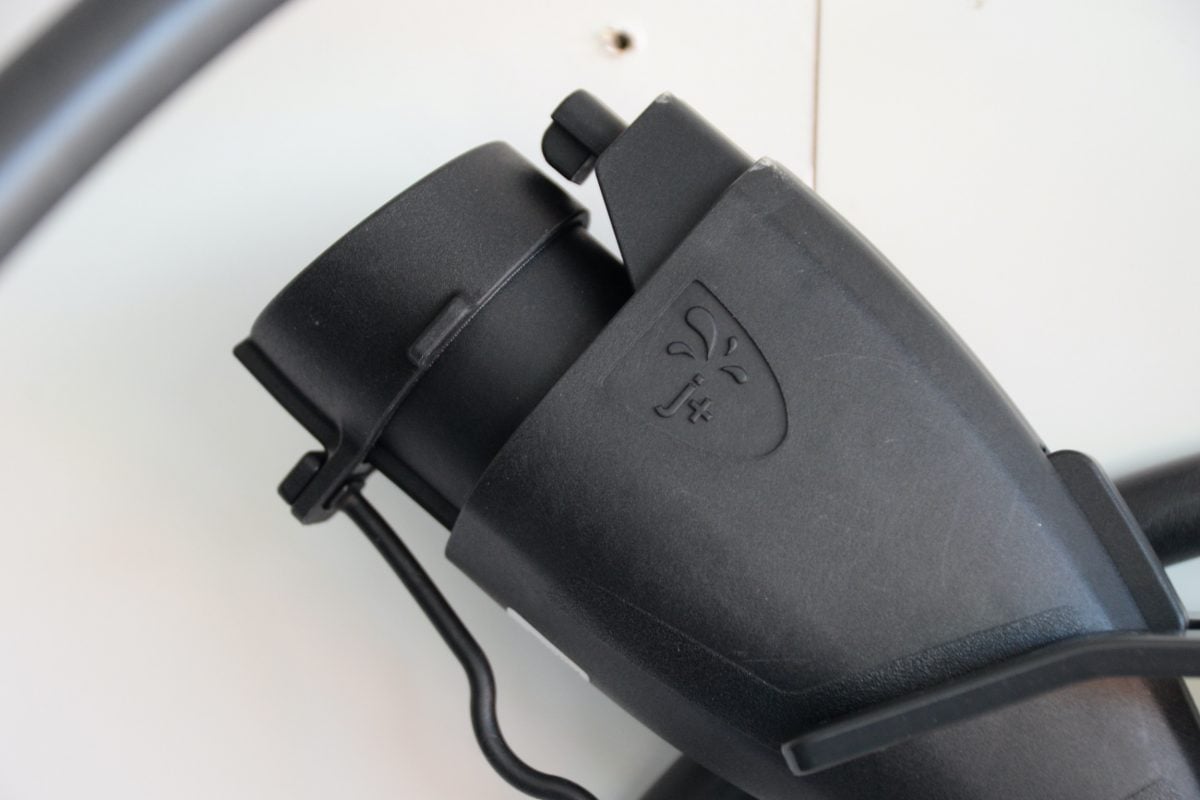
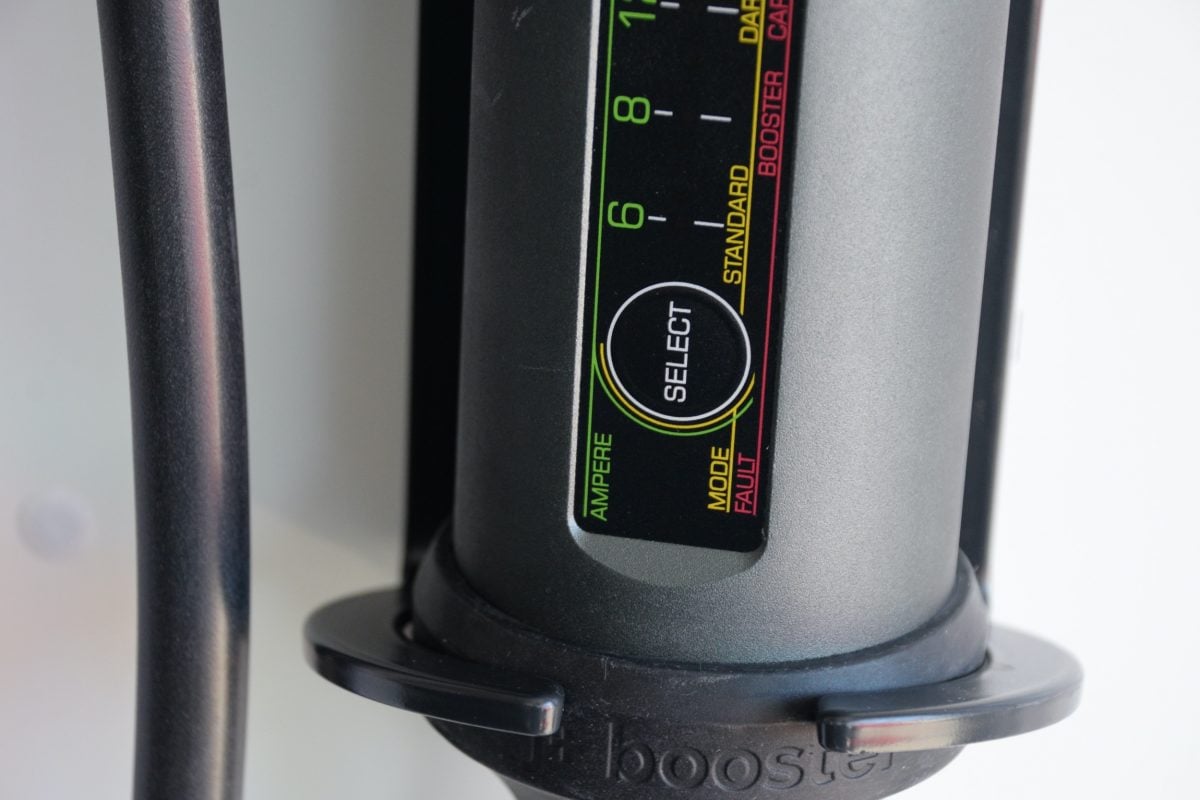
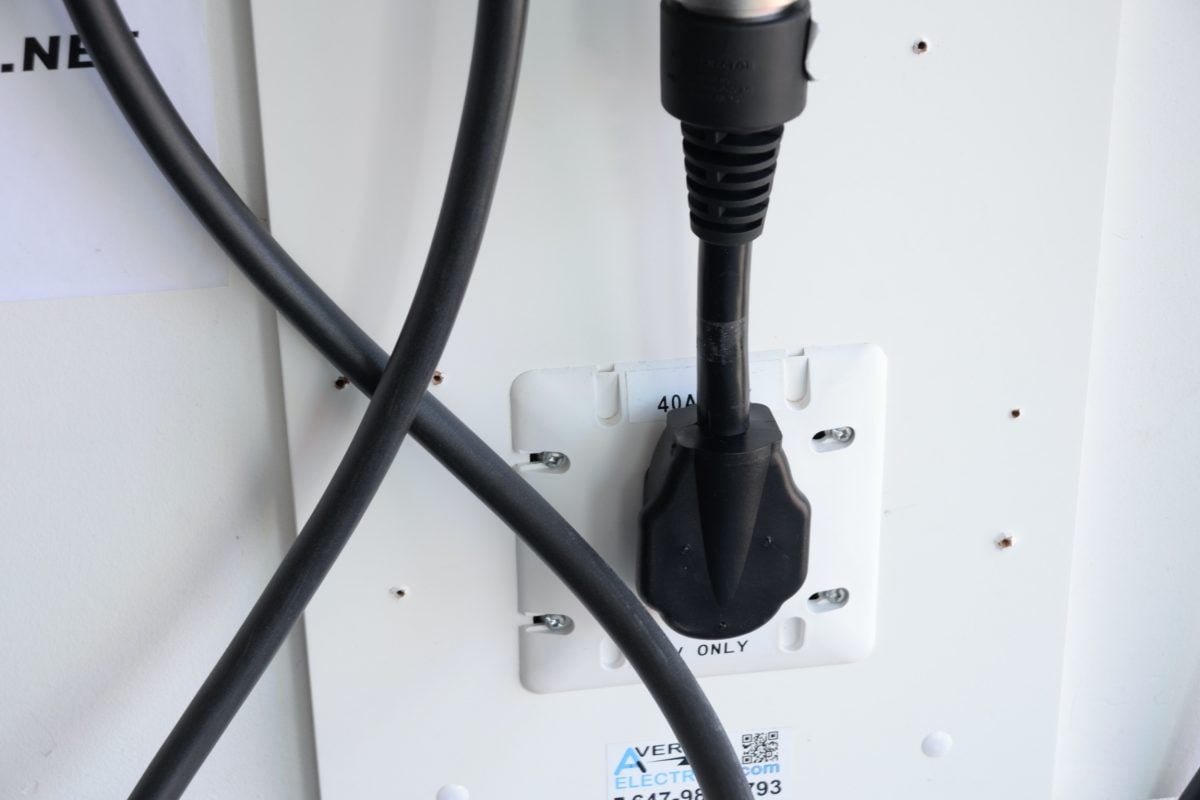
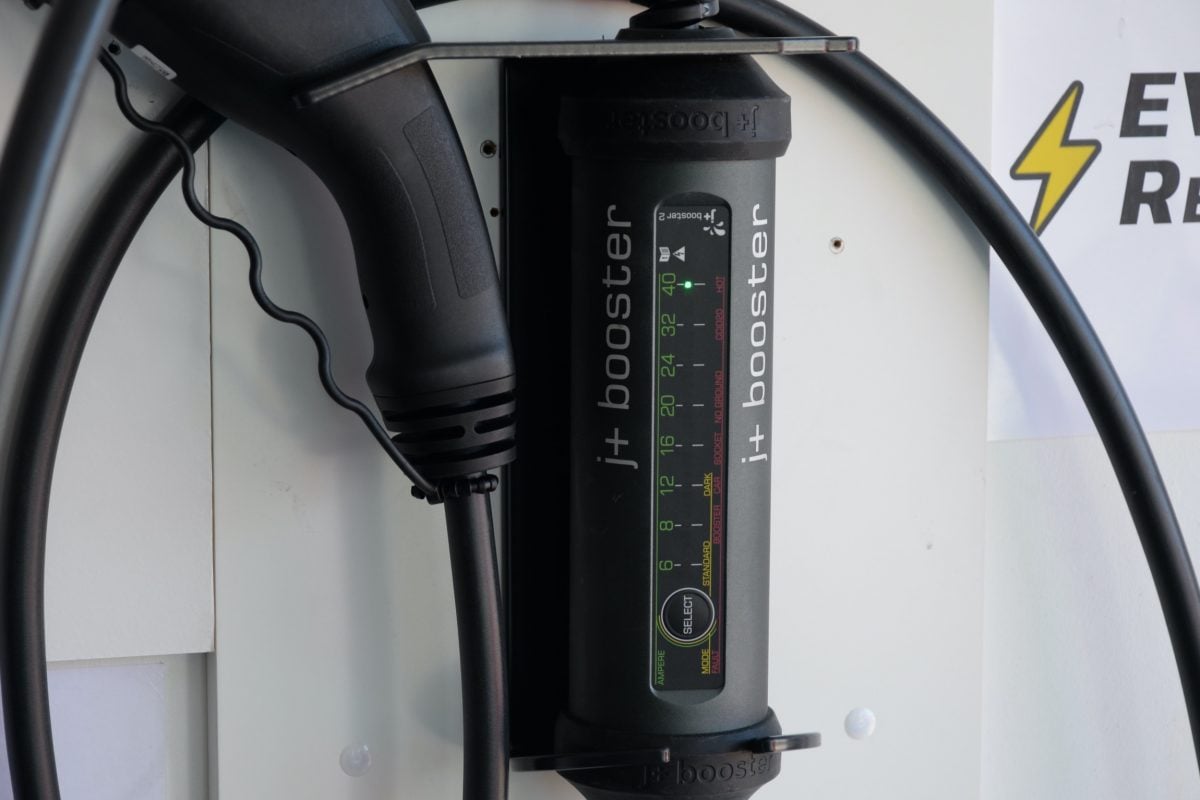
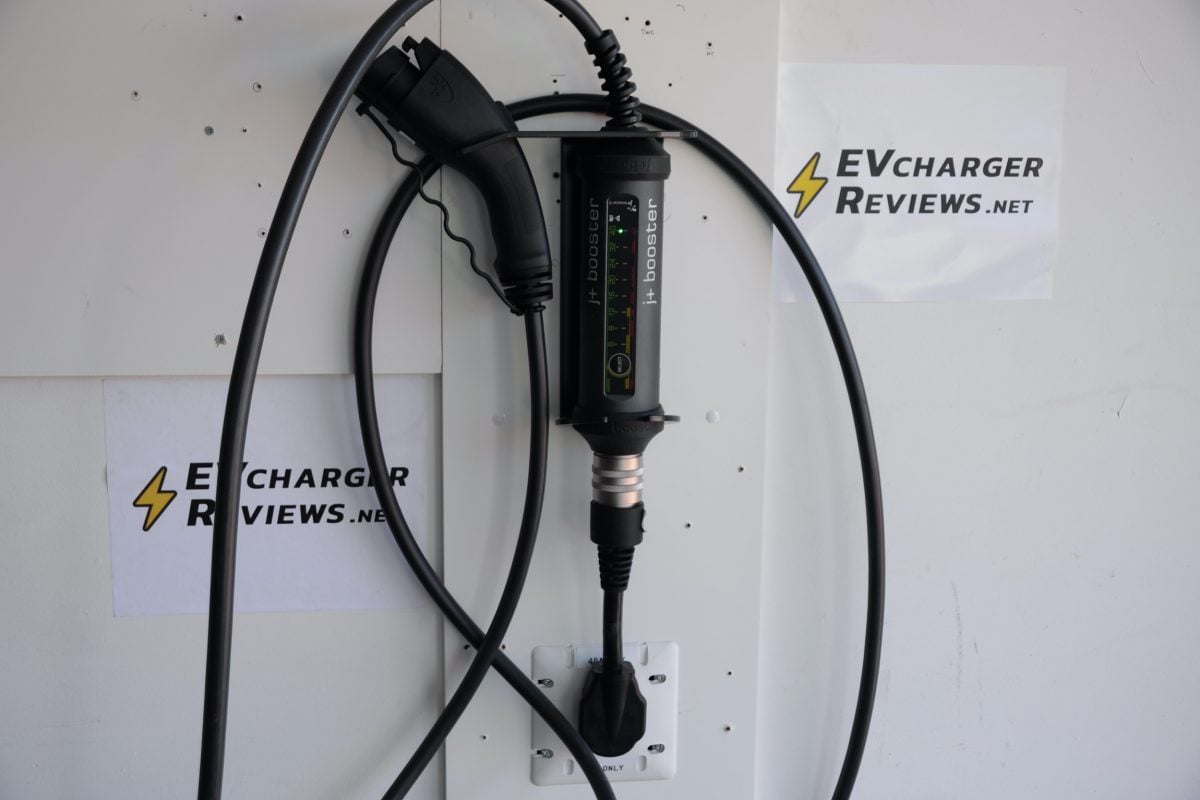
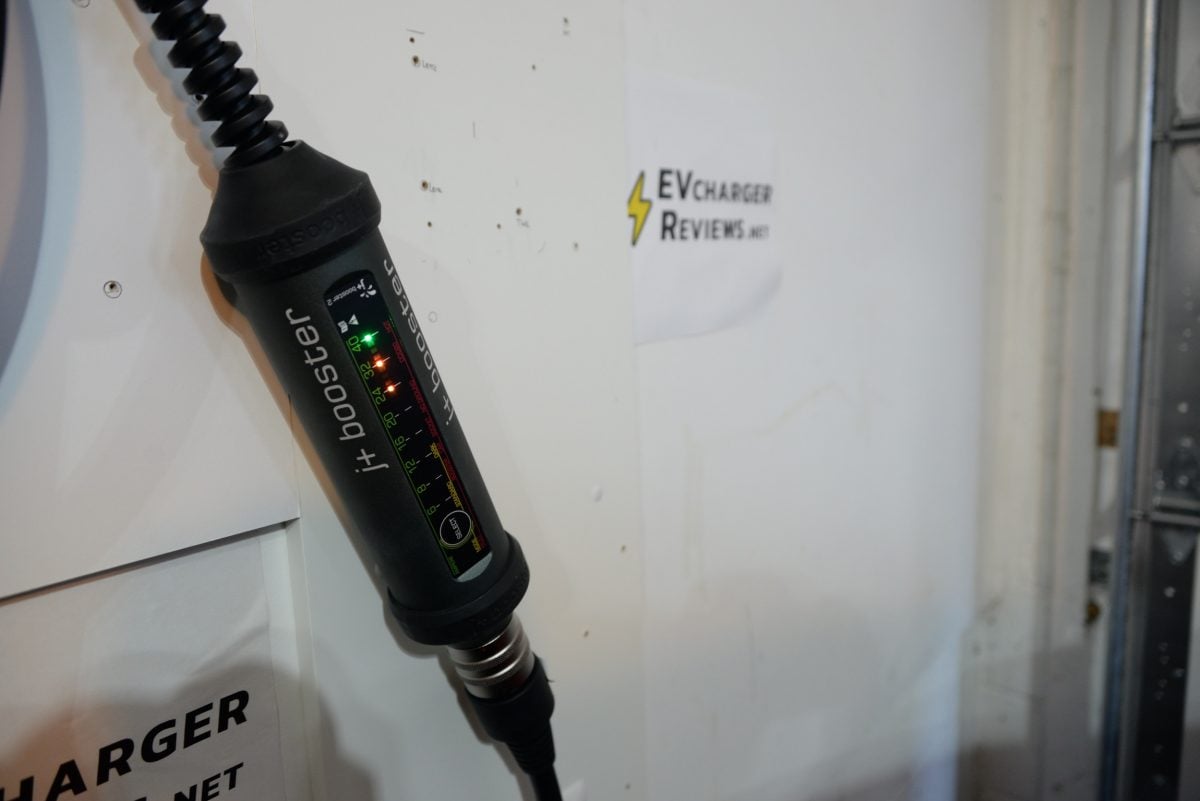
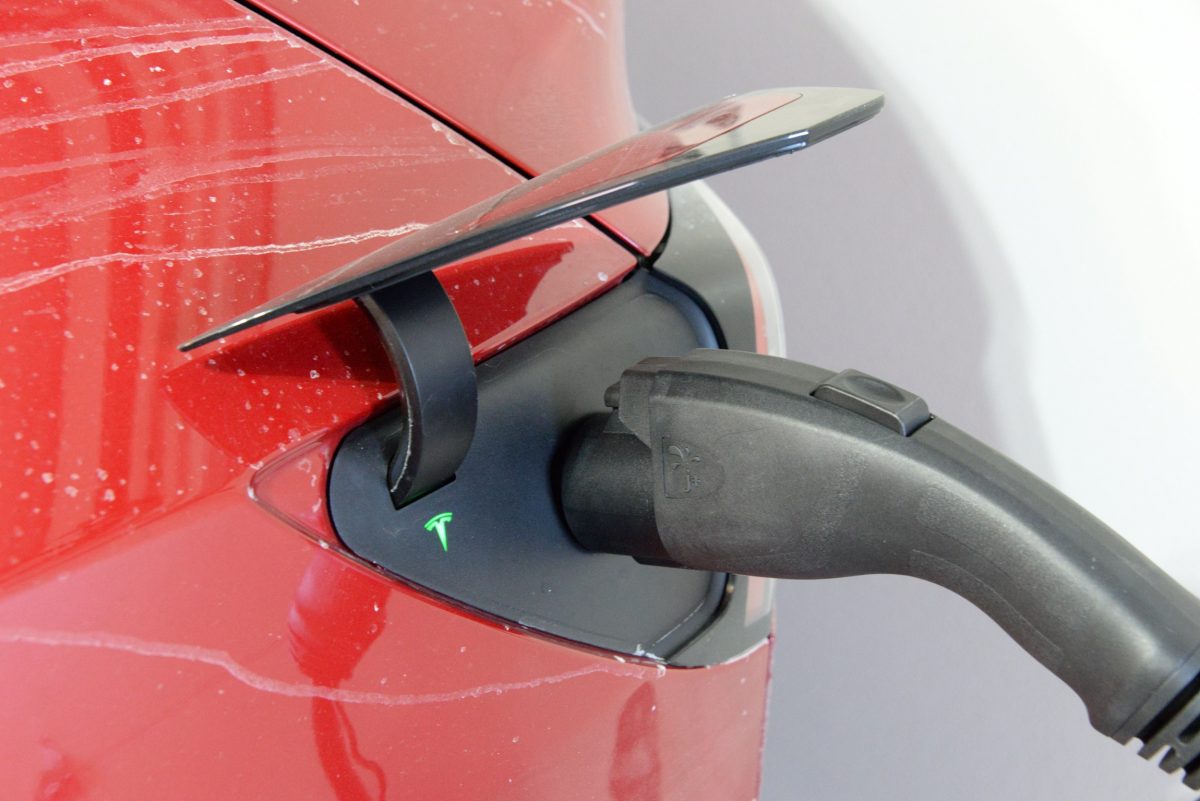
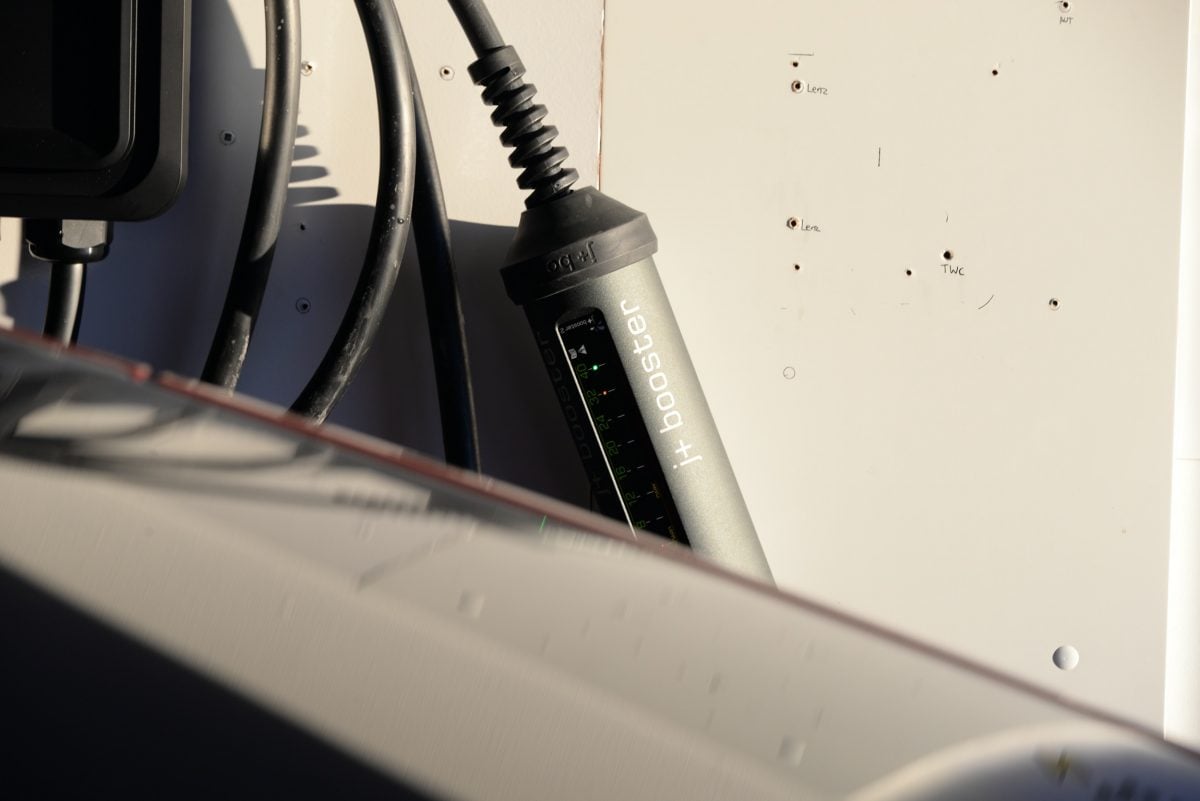
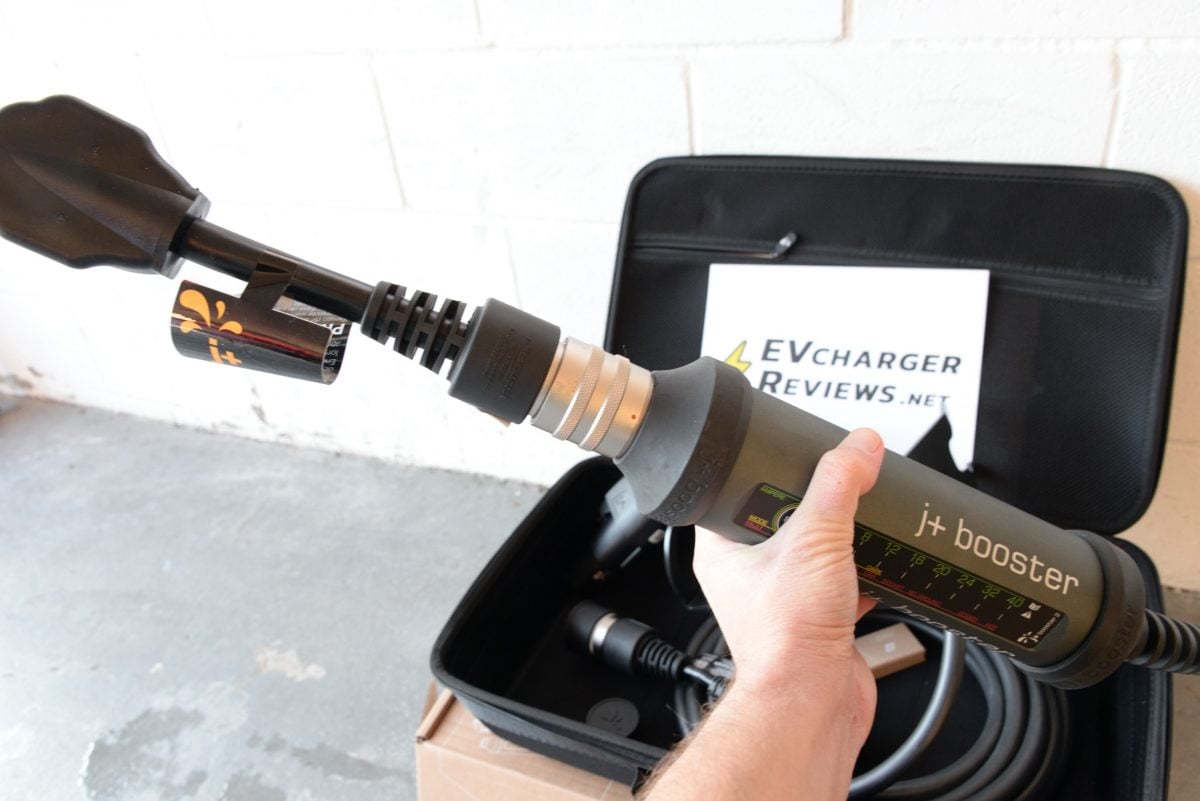



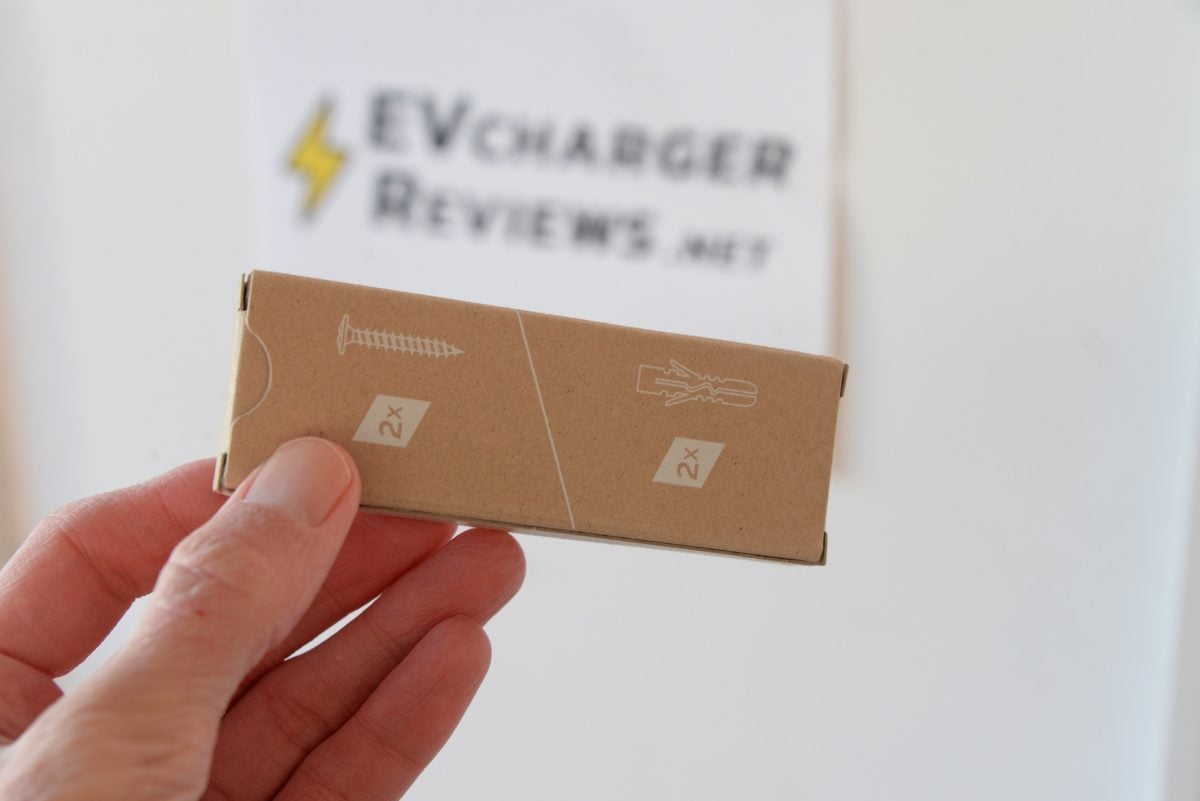
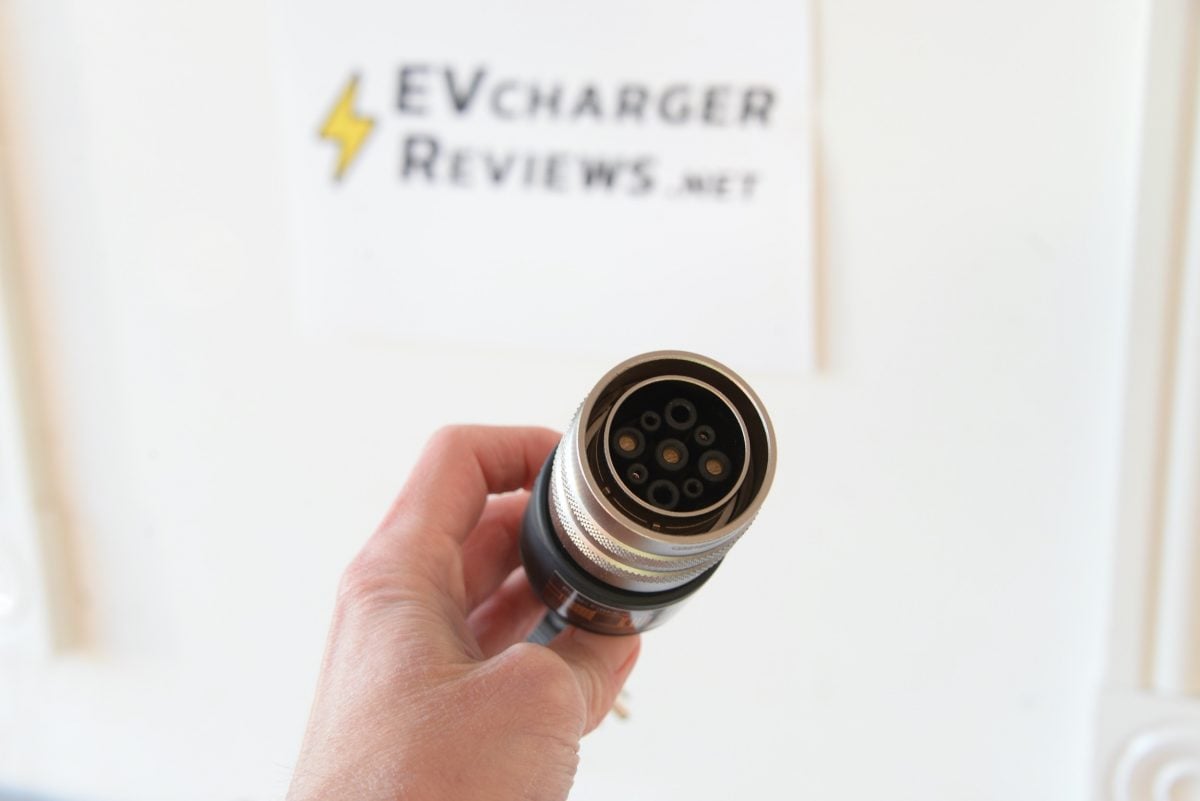



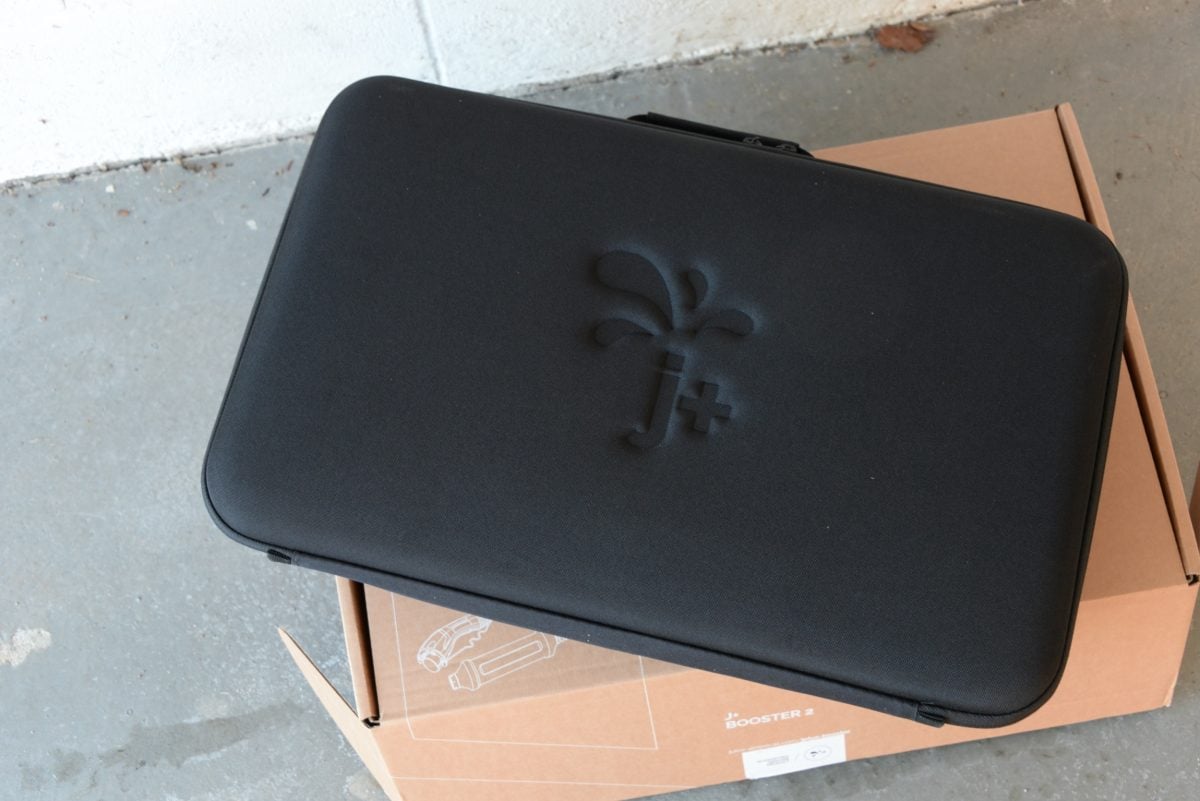
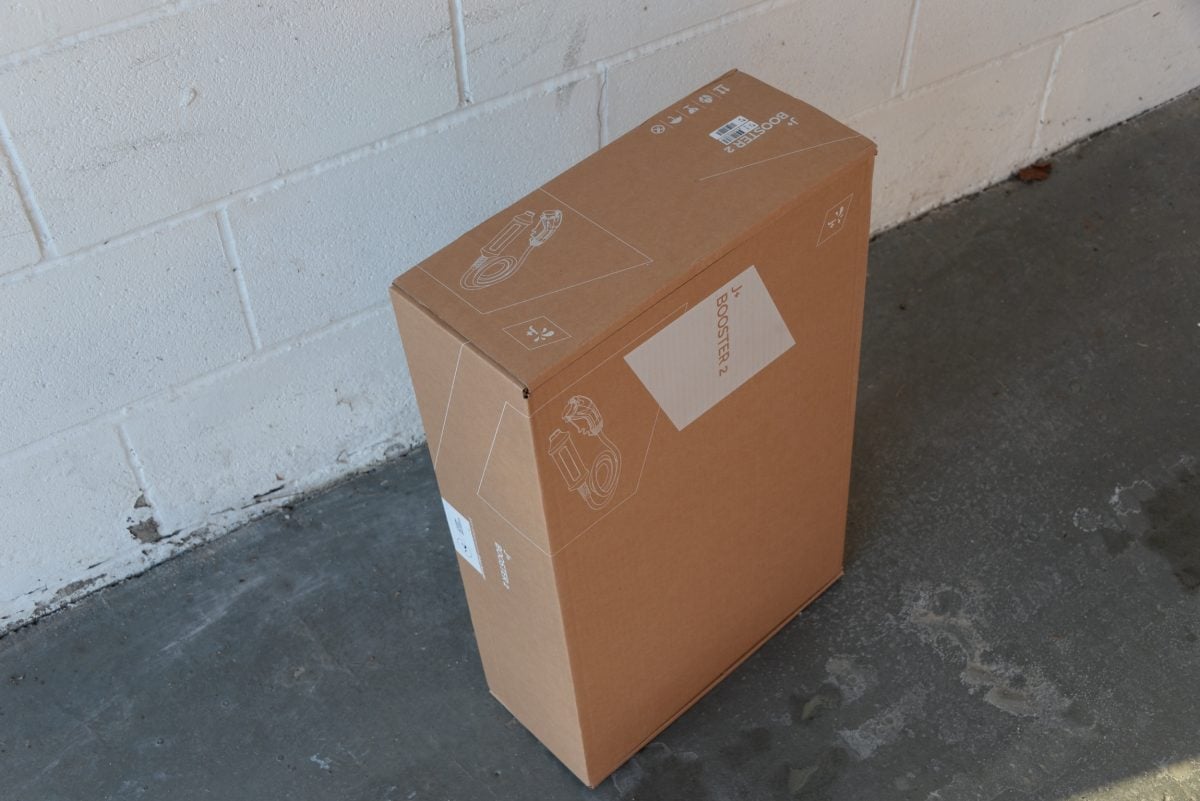
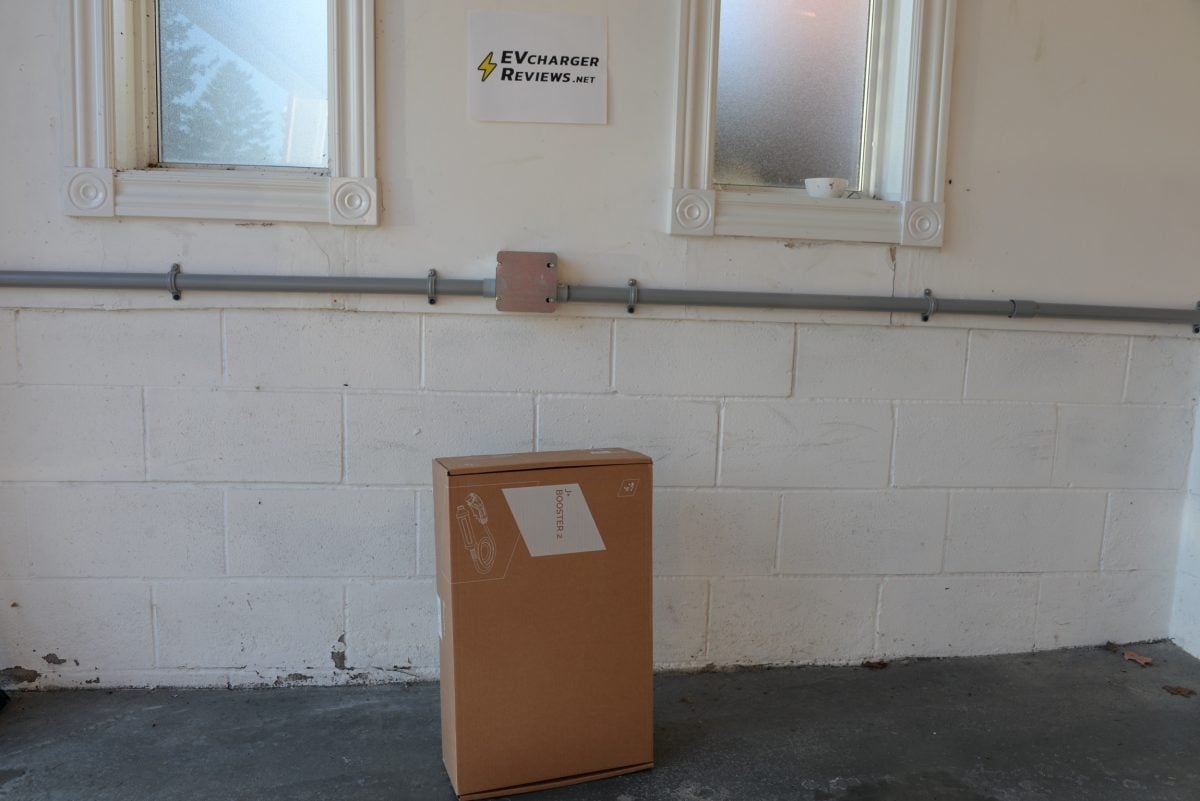

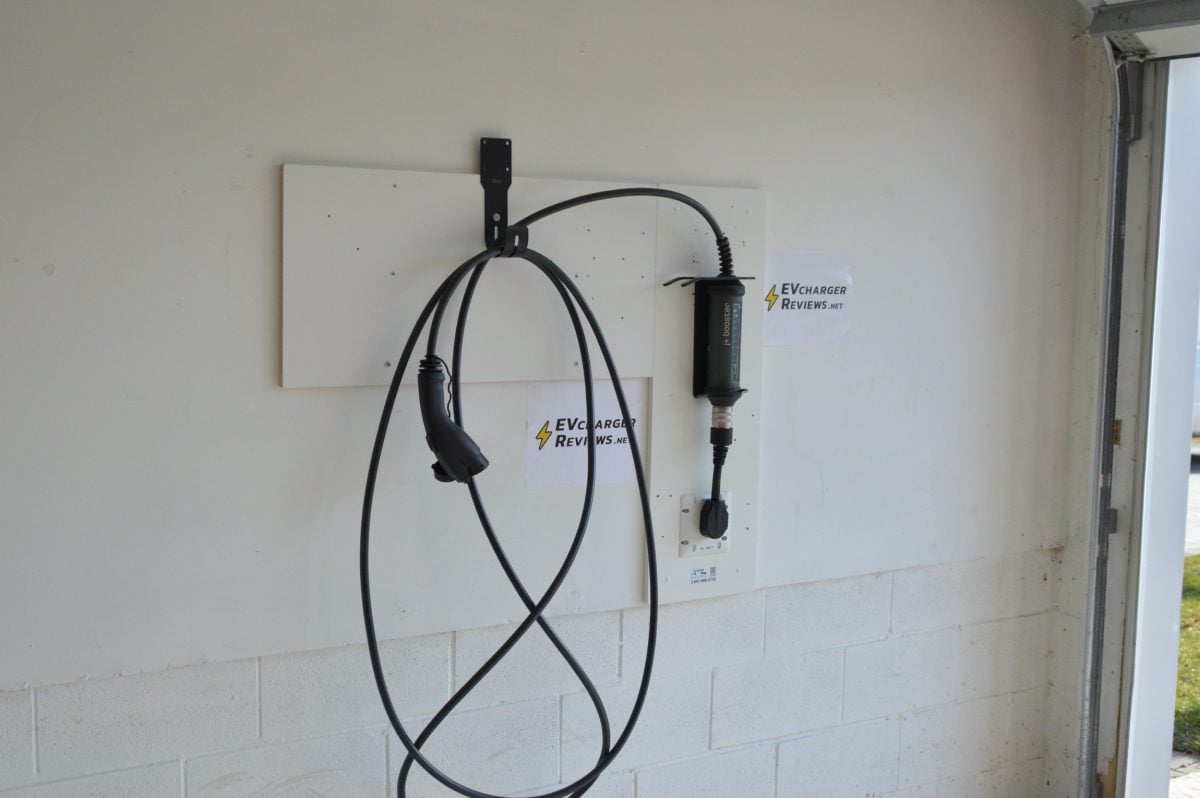
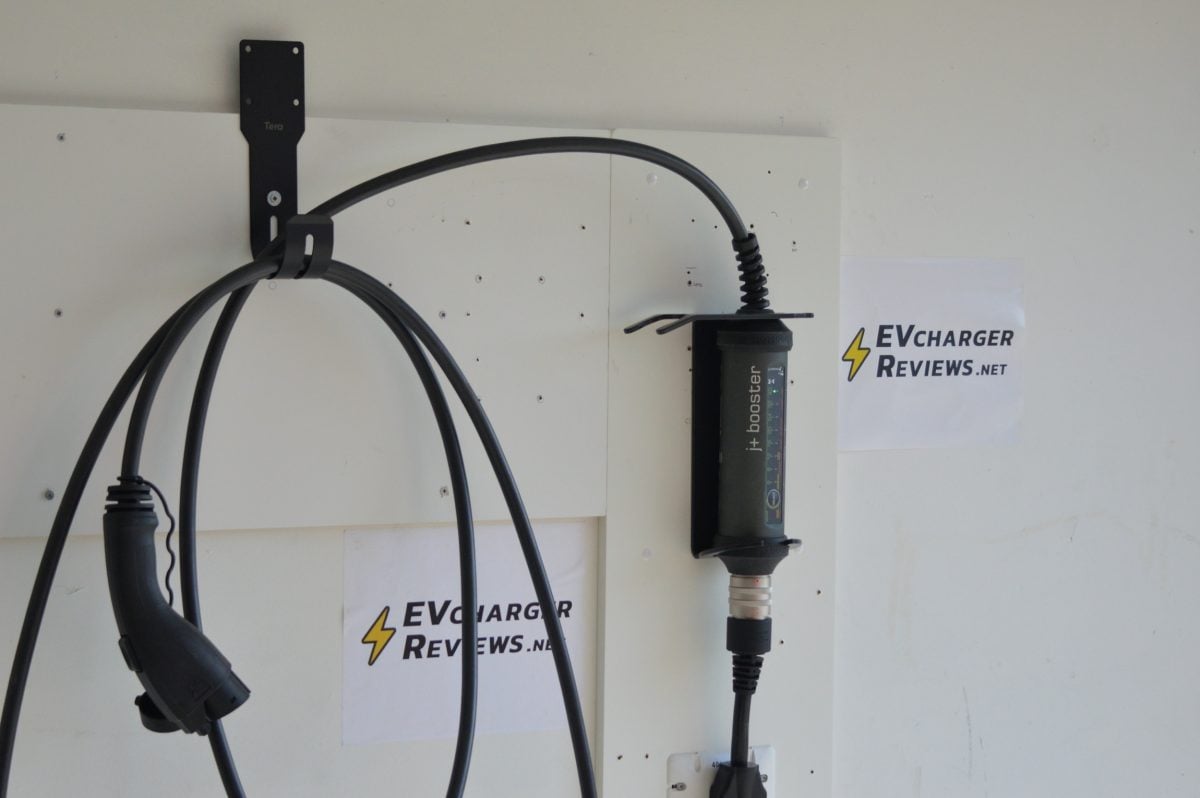
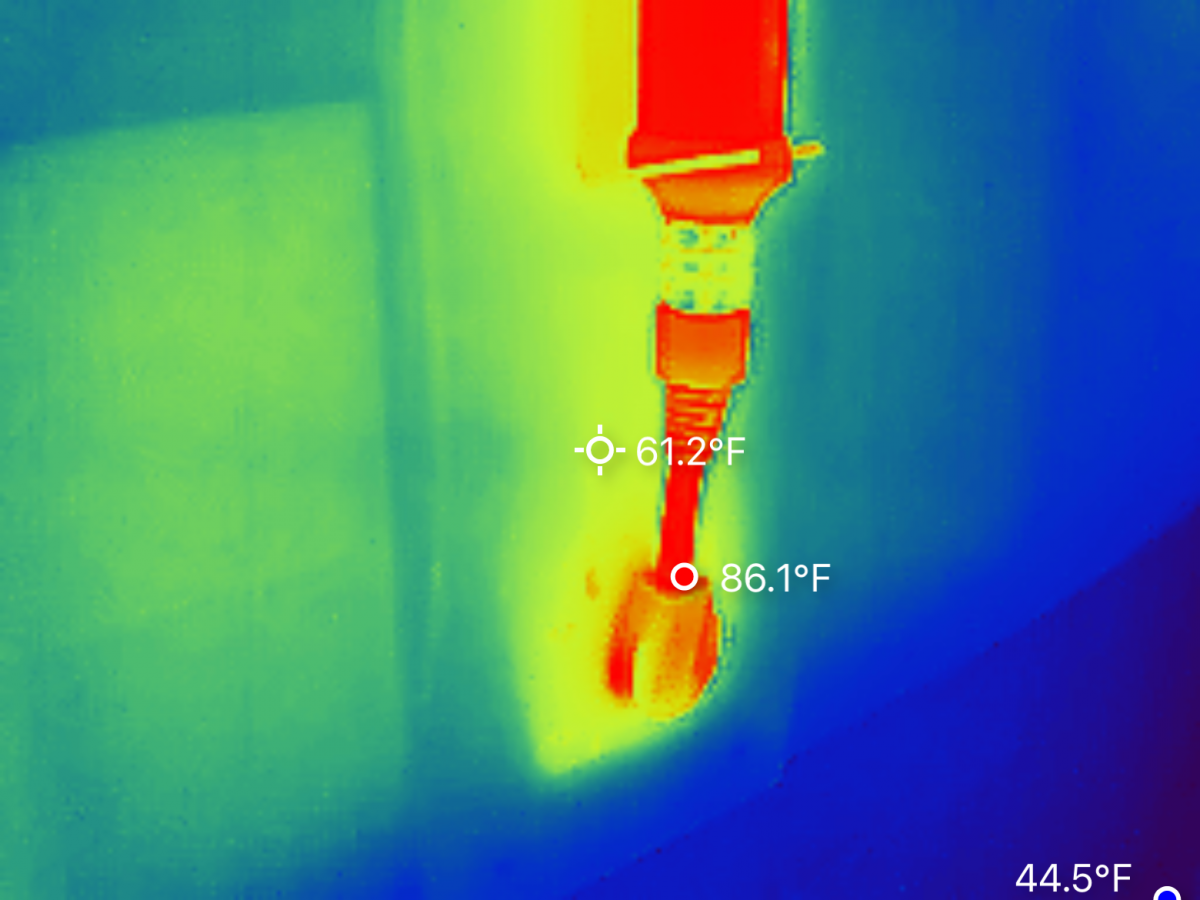



EVchargerReviews.net EVSE Review Methodology
We get the product into our facility, unbox it, inspect it, and install it just like the end user. We have a two-EV car garage with many electric miles accumulating weekly. We take EVSEs through a suite of tests, from short charging sessions, to long overnight charging sessions. We look at whether the claimed features work as expected. We check performance under challenging conditions; does the cord hold up to cold weather? Does the charging station throttle down amps due to heat and thermals? Does the Wi-Fi or Bluetooth drop the connection? Software bugs and glitches will surface during longer-term testing rather than a one-day trial. Measurements are taken on cord thickness and performance, and a thermal camera is used to look for surface hot spots after a 50 kWh stress test.
After living with the charging station product for at least two weeks, we are able to determine how the product compares to rivals, and if it deserves to be recommended to our readers.
Disclosures: Independent review by Michael Kim from EVchargerReviews.net. We participate in affiliate programs, and we may earn income when you use our links. We hope you think that is fair, based on the amount of work that goes into our reviews.
Considering buying a Tesla? Use our referral link to get $1,000 off, and help support our content.
